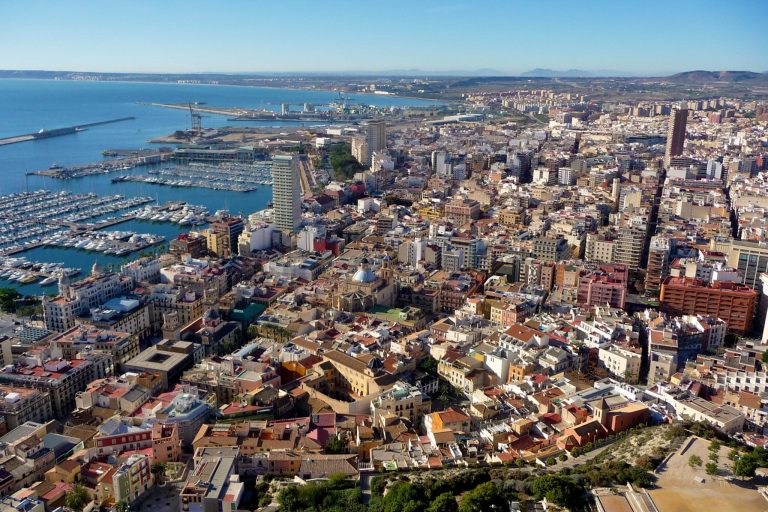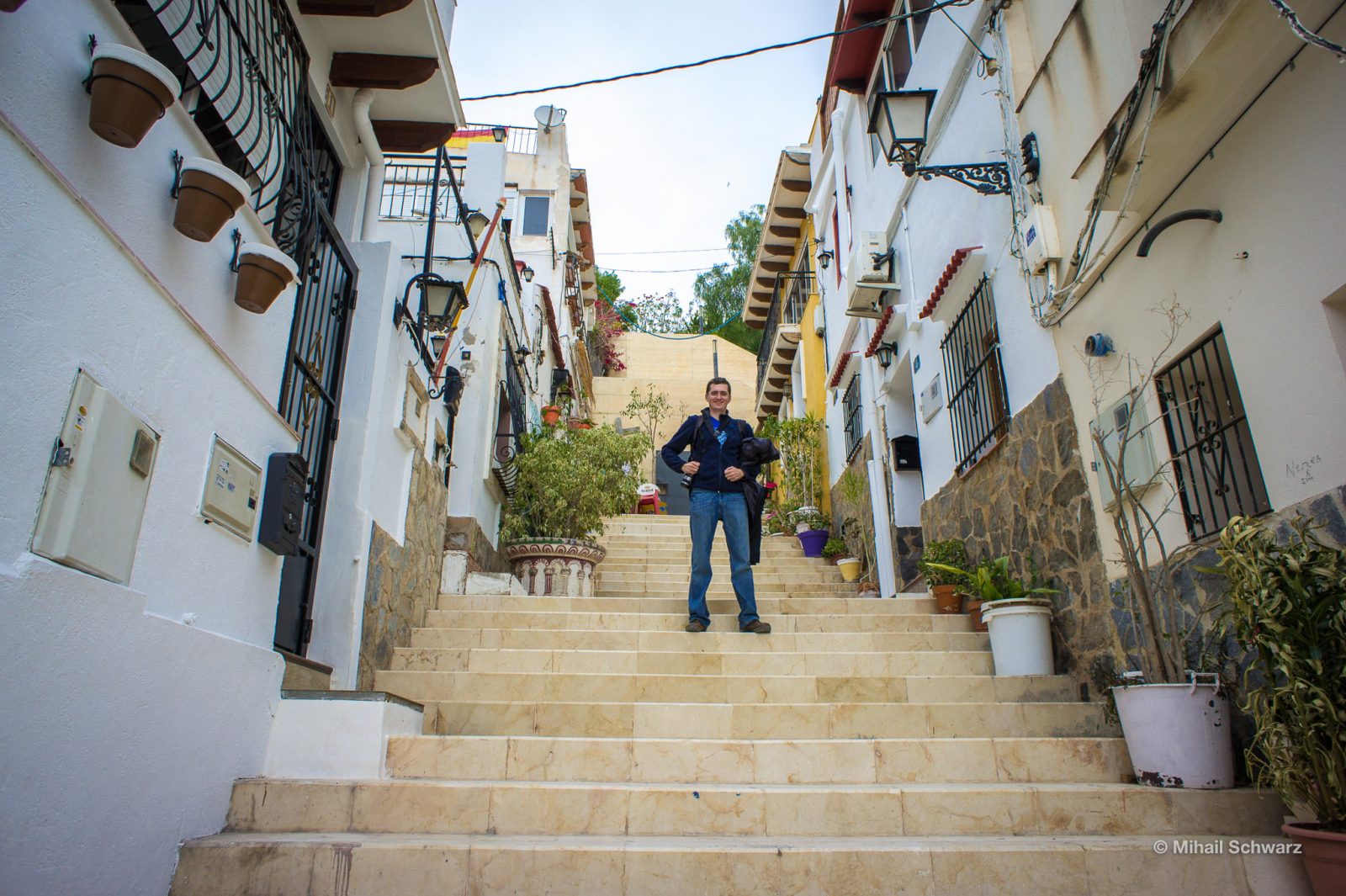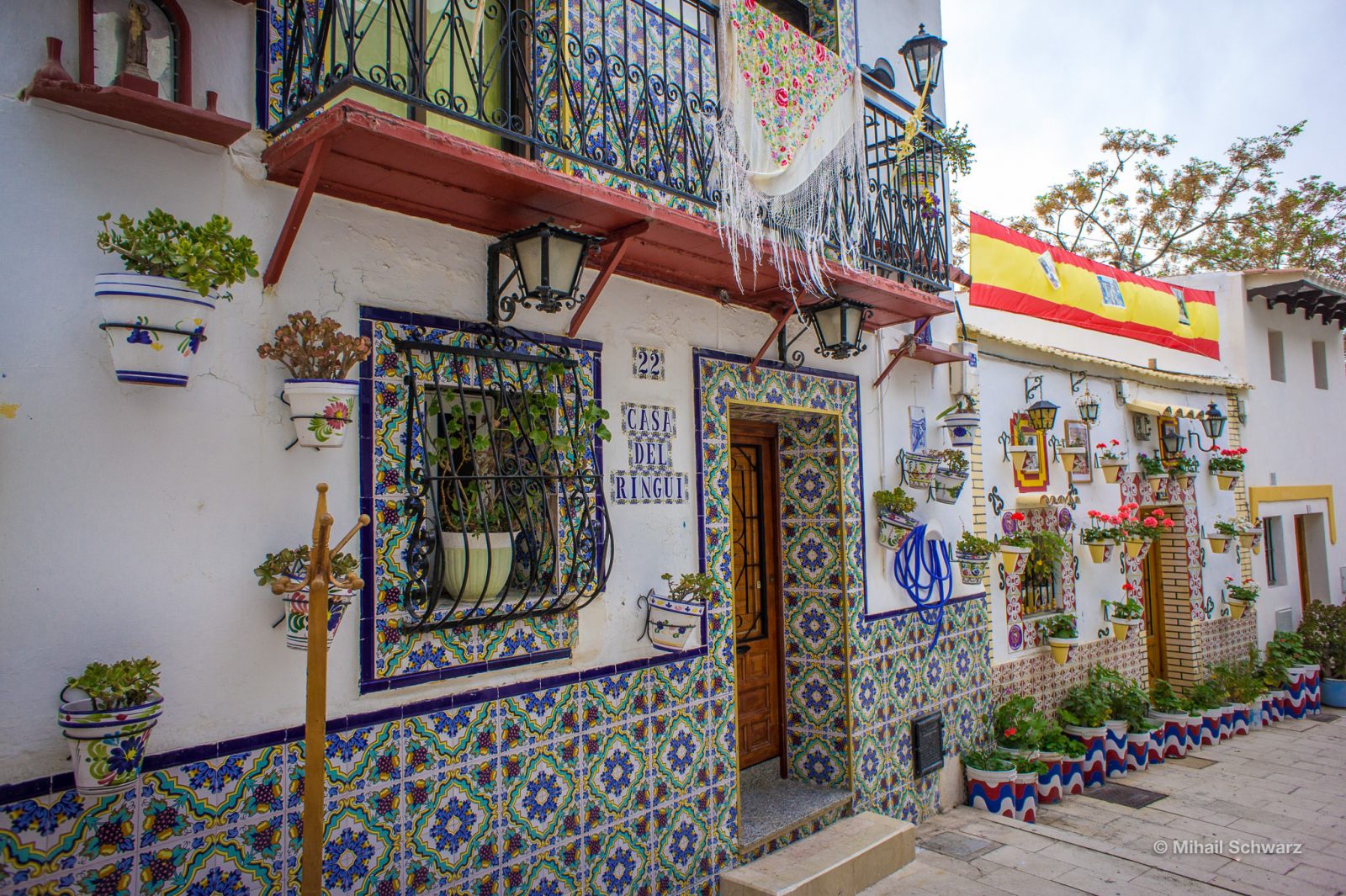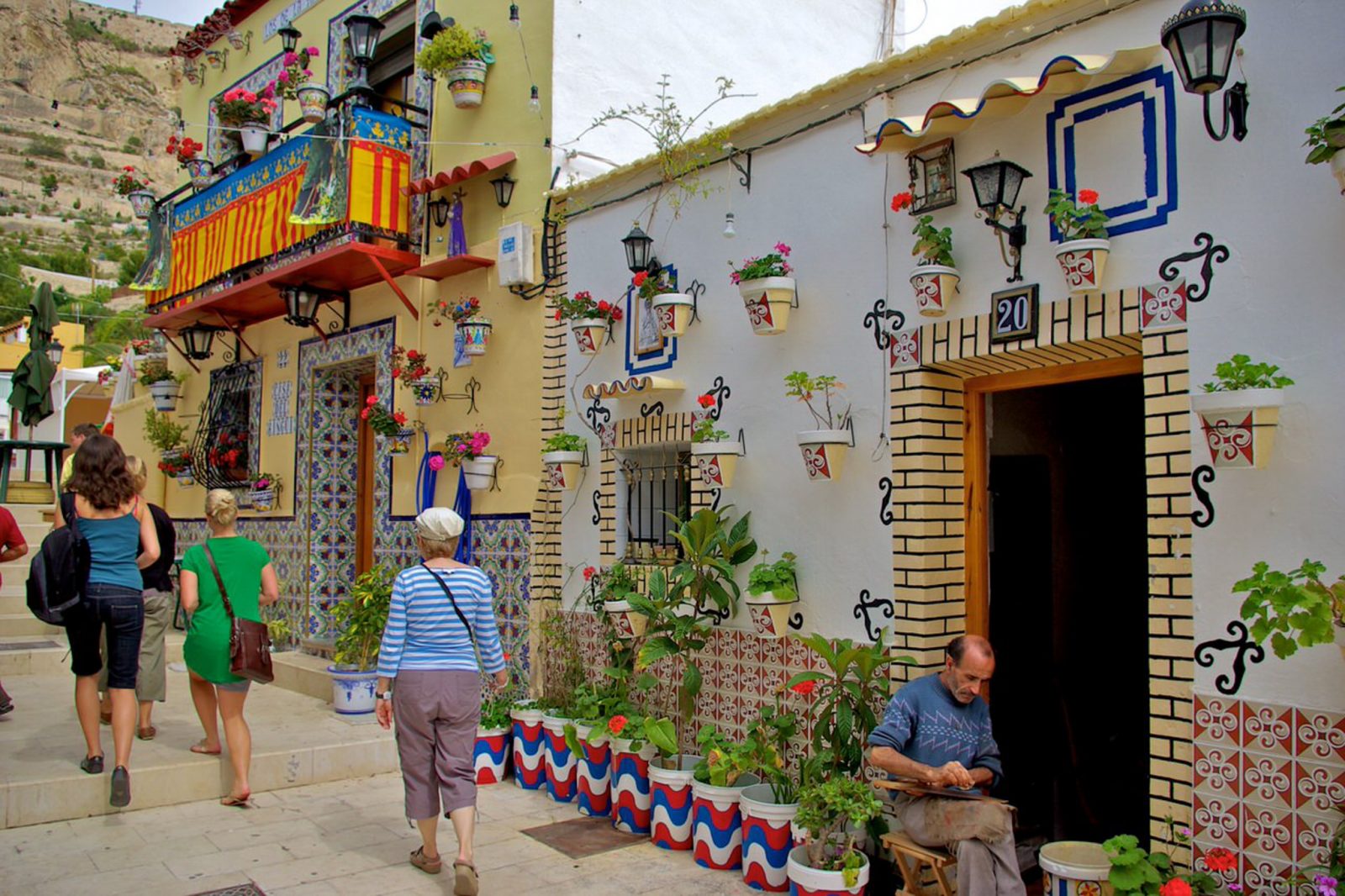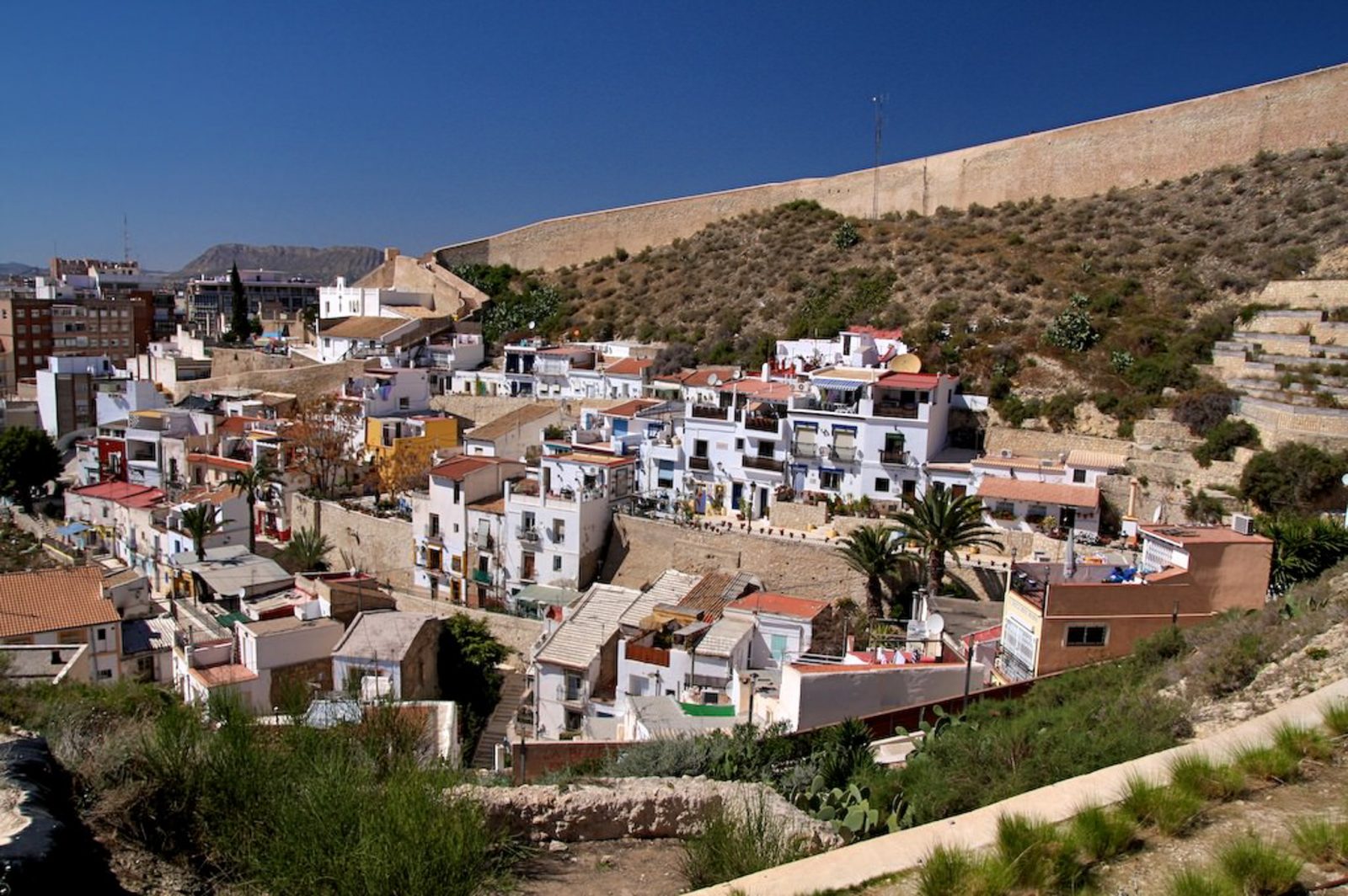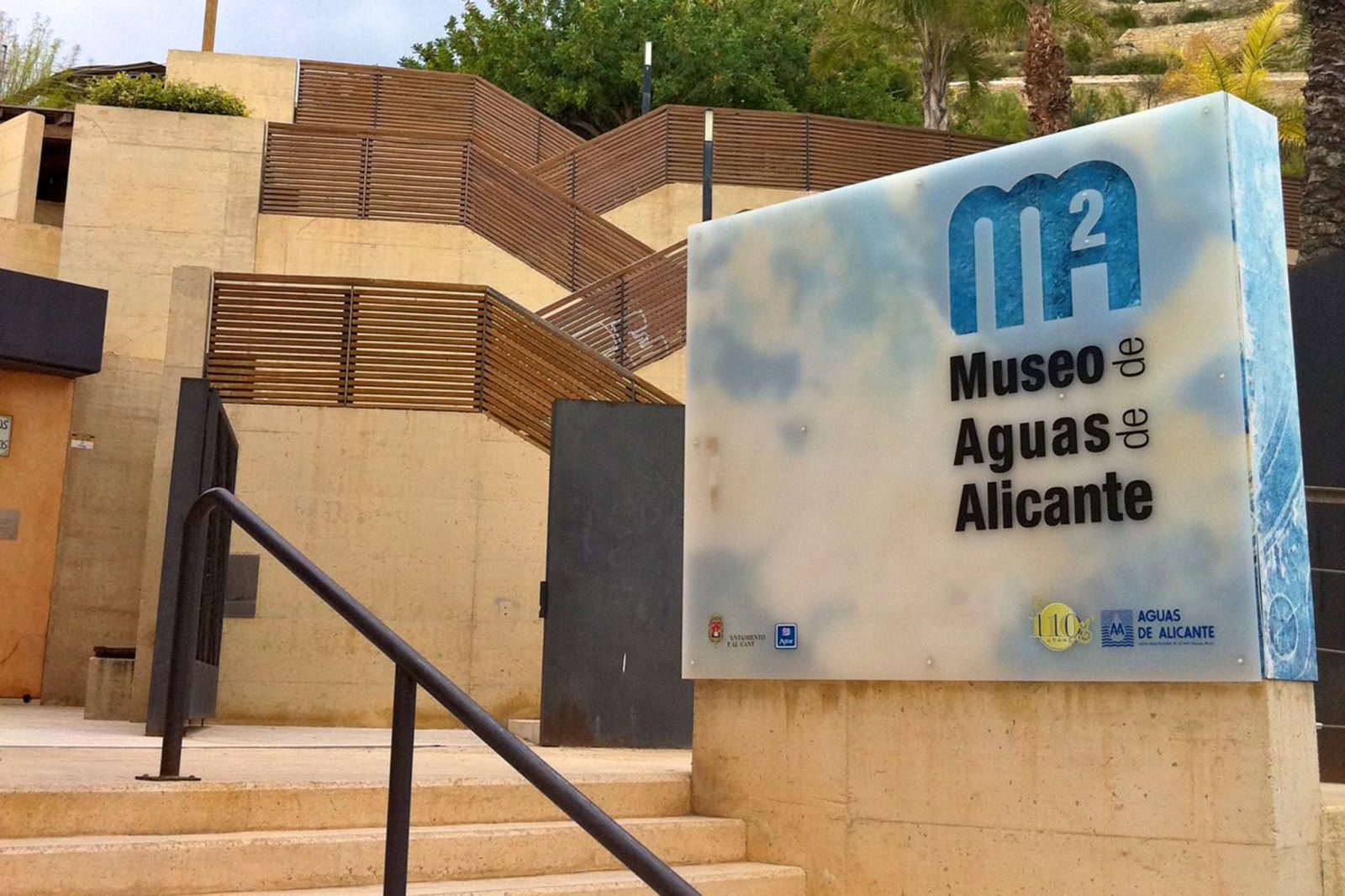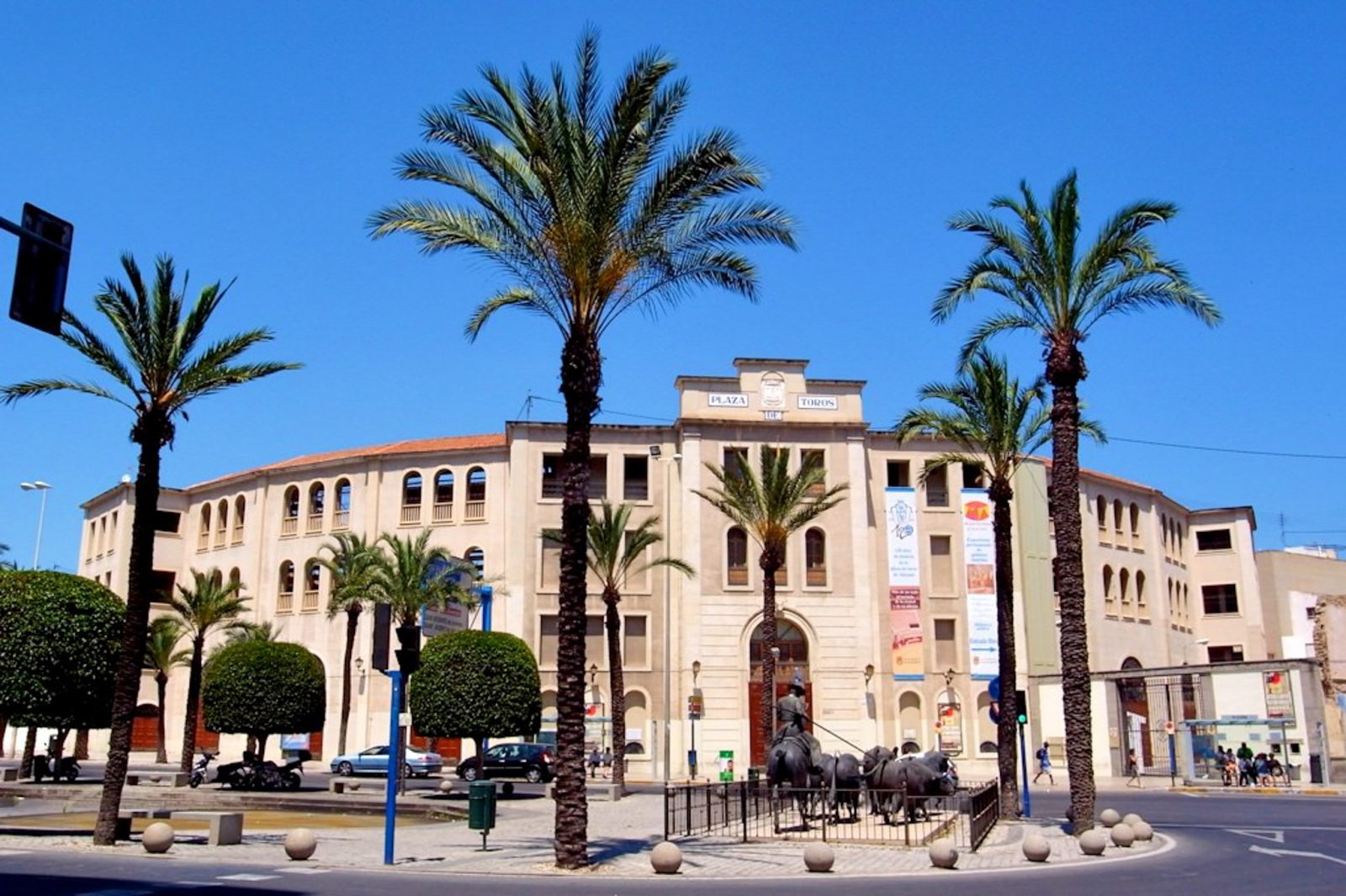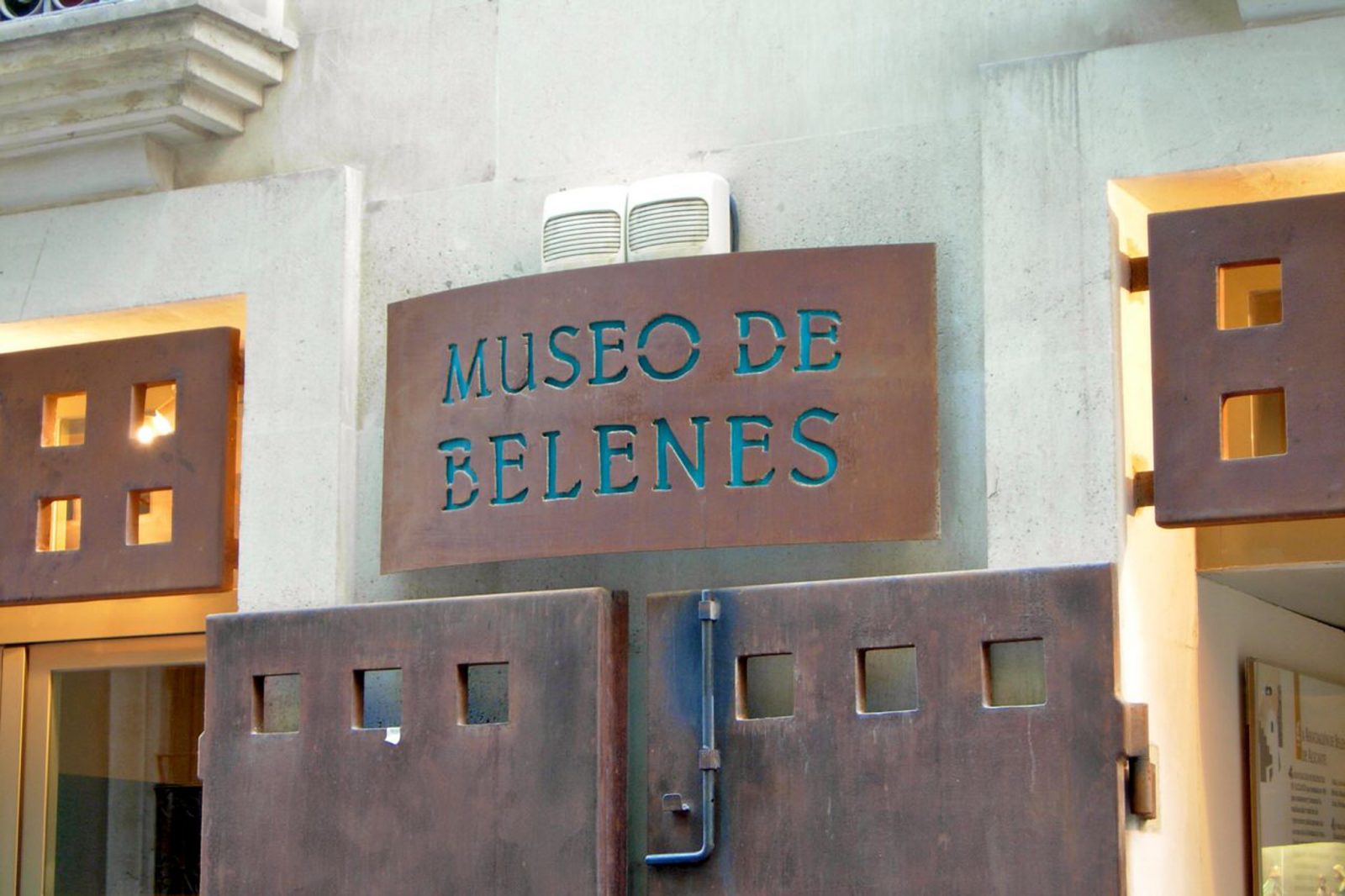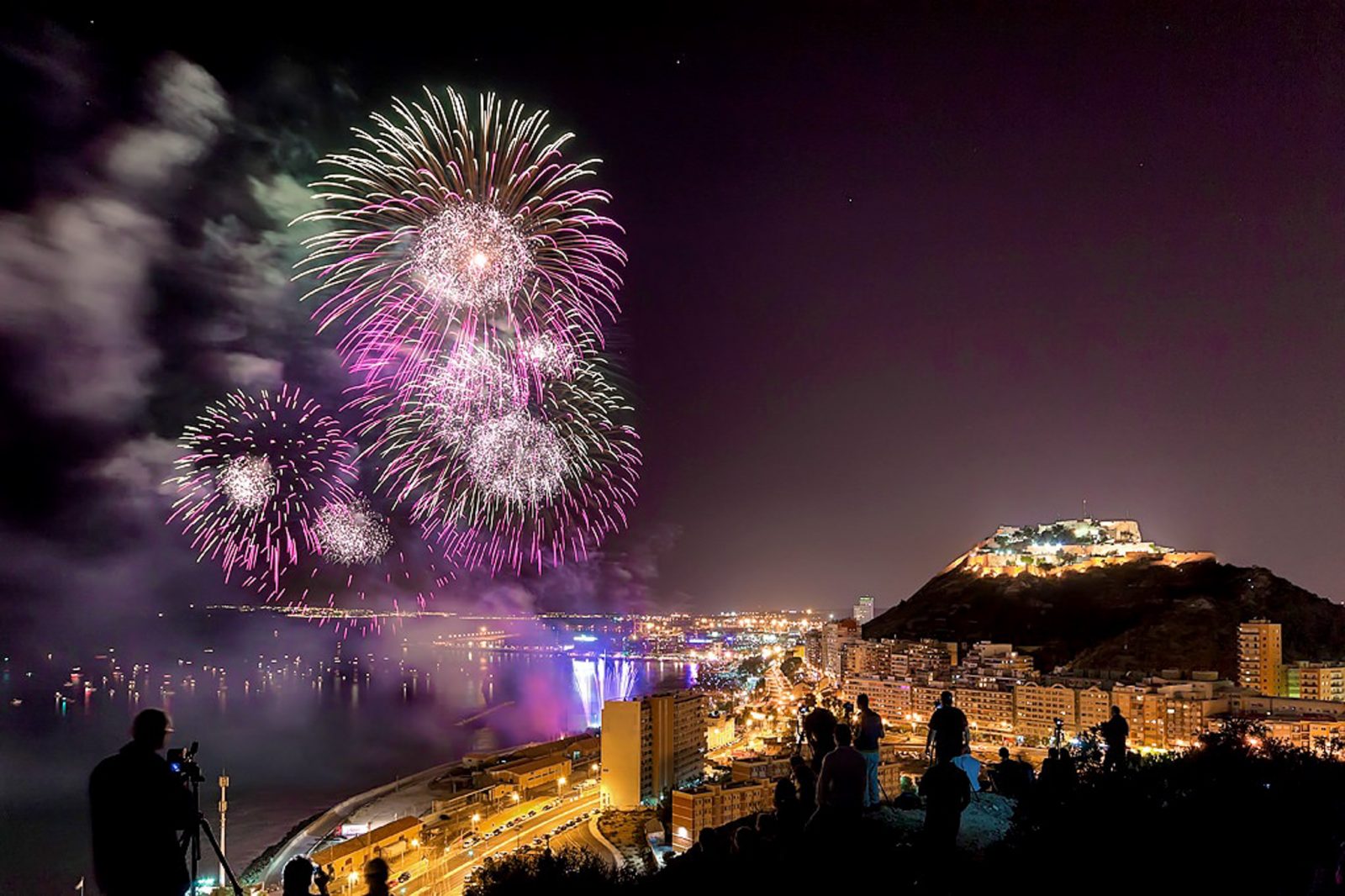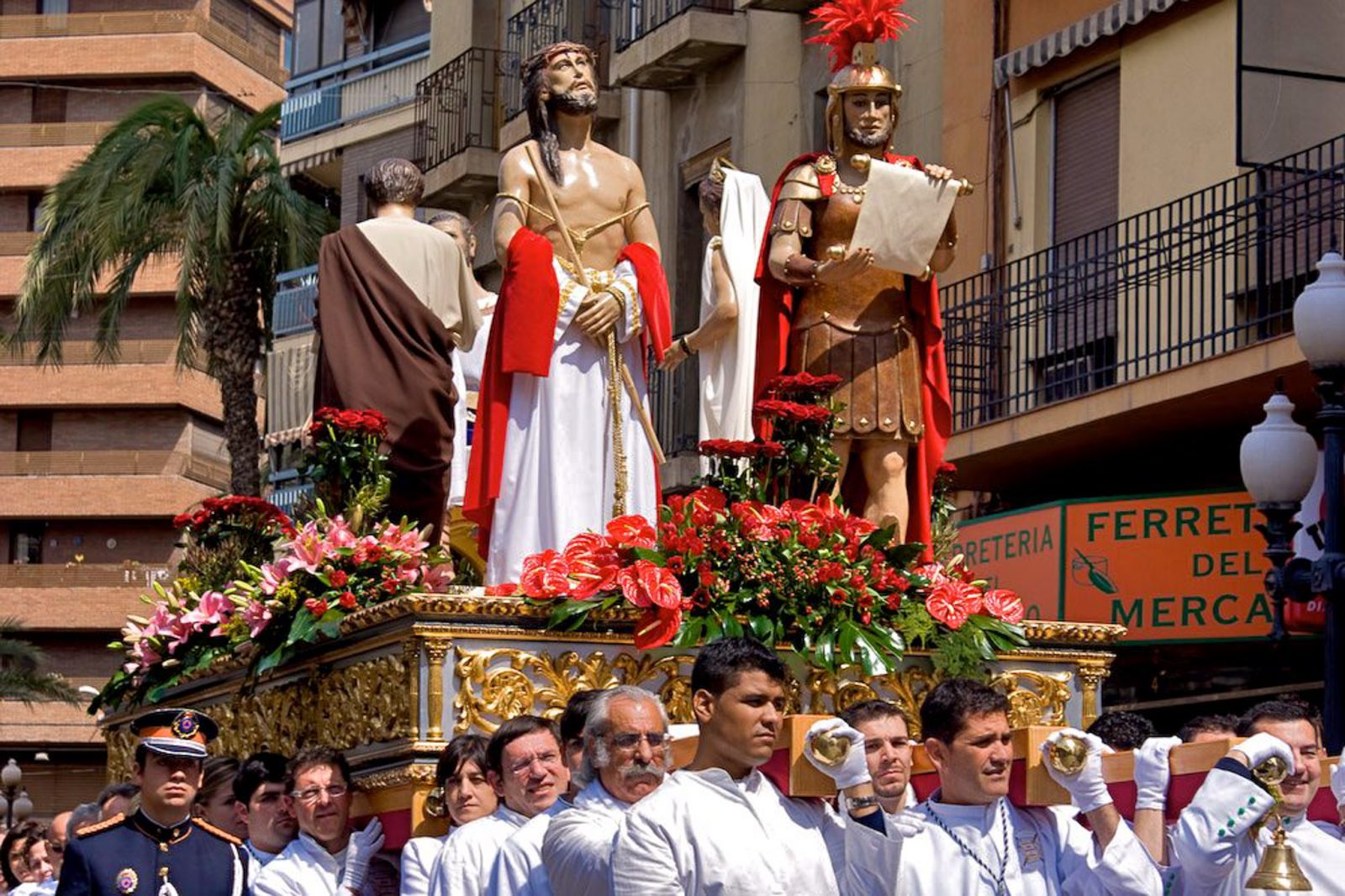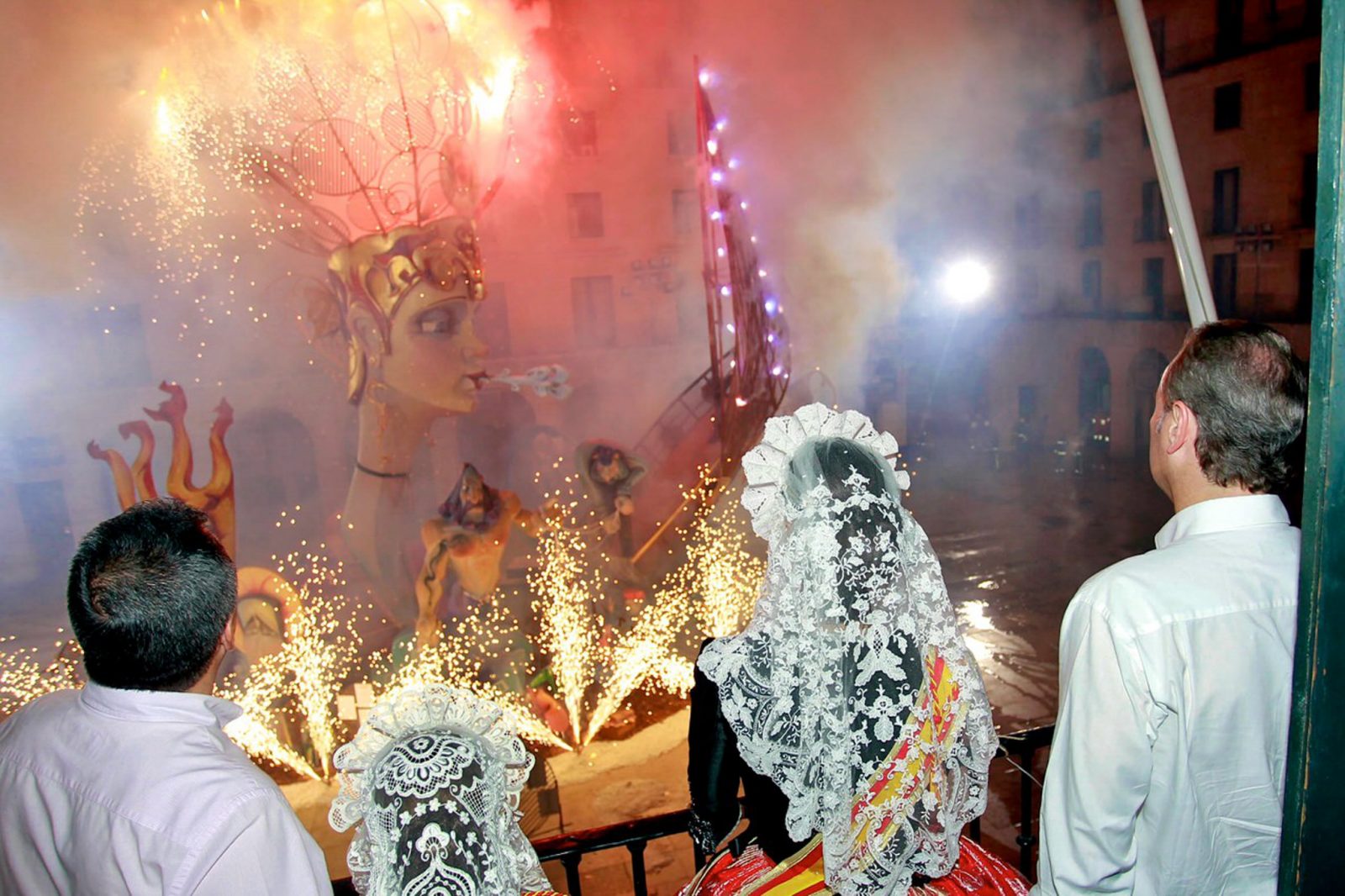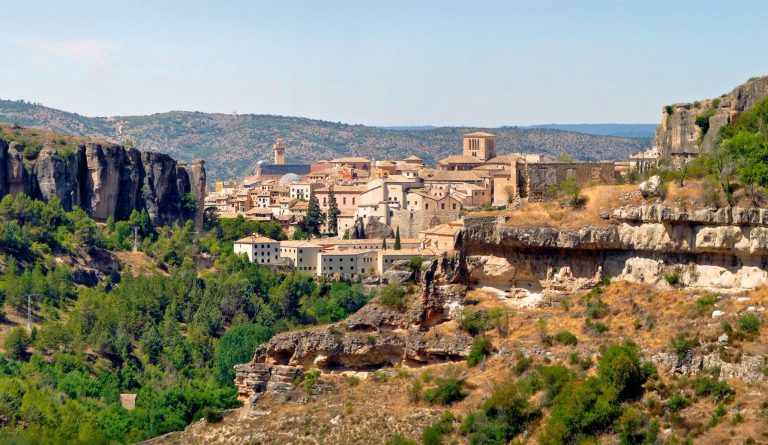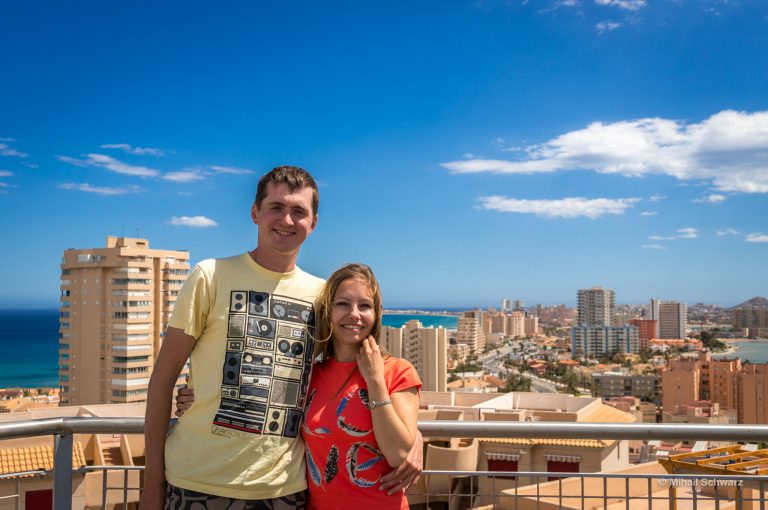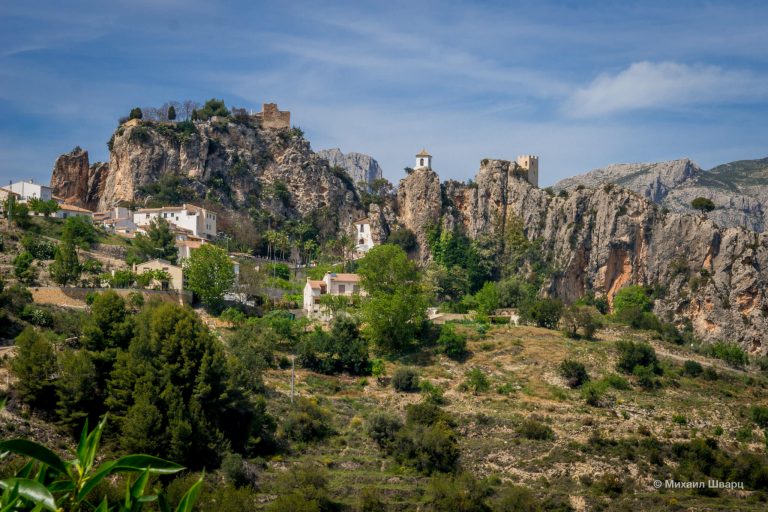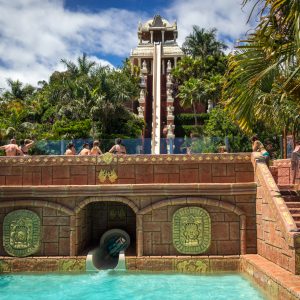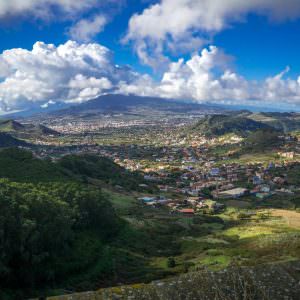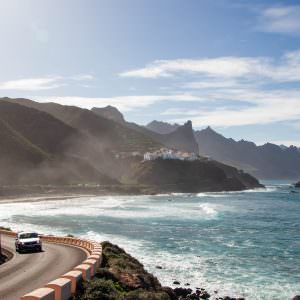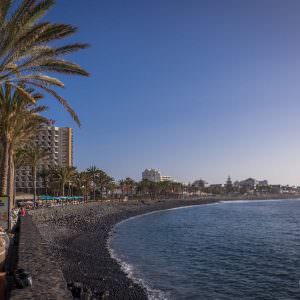Sunny Alicante is located in the eastern part of the Iberian Peninsula and is the center of the province of Alicante. It is located on the coast, between Benidorm and Elche, in the best climate zone of the Mediterranean. Alicante has a mountainous landscape, with a significant height difference between the quarters. Mountains Benacantil and Tossal, San Julian and Grossa Ranges tower above the city.
It is home to about 335,000 people, among them many immigrants from Argentina and Colombia. Spanish and a Valencian dialect of the Catalan language are most commonly heard in Alicante. Most of the city’s population is employed in commerce and the tourism industry.
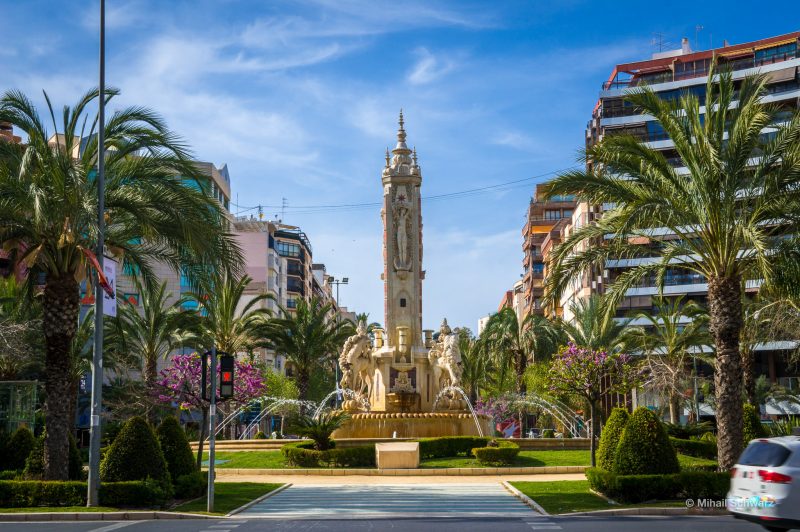
The architecture of the city is very diverse, here you can see examples of all styles of architecture: Greek and Romanesque, Moorish, Gothic, Plateresque, Baroque and Modernism. This diversity reflects the history of Alicante: its favorable geographical location attracted conquerors of different times and peoples.
Watch My Video:
The local Mediterranean climate is characterized by mild winters and not too hot summers without extreme temperature fluctuations. It is warmest in July and the first half of August (the maximum temperature reaches +32 ° C). In winter, the average temperature is +12 ° C. Heavy rains in the fall, in September and October there are sometimes floods.
Read our trip report here;→
Beaches Of Alicante
Postiguet Beach
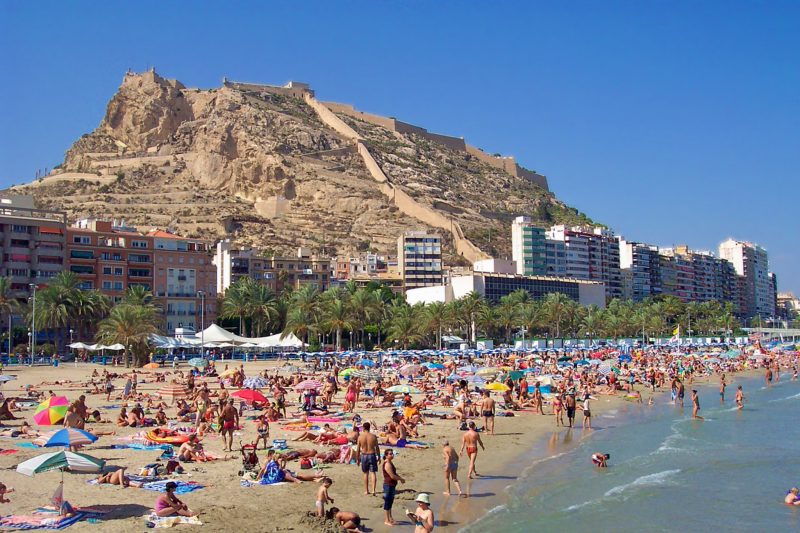
The closest and most famous beach in Alicante is Playa de la Postiguet, a coastal strip about a kilometer long with fine sand. It is located at the foot of Mount Benacantil. The beach of Postiguet is separated from the city by the promenade Esplanada de España.
Albufereta Beach
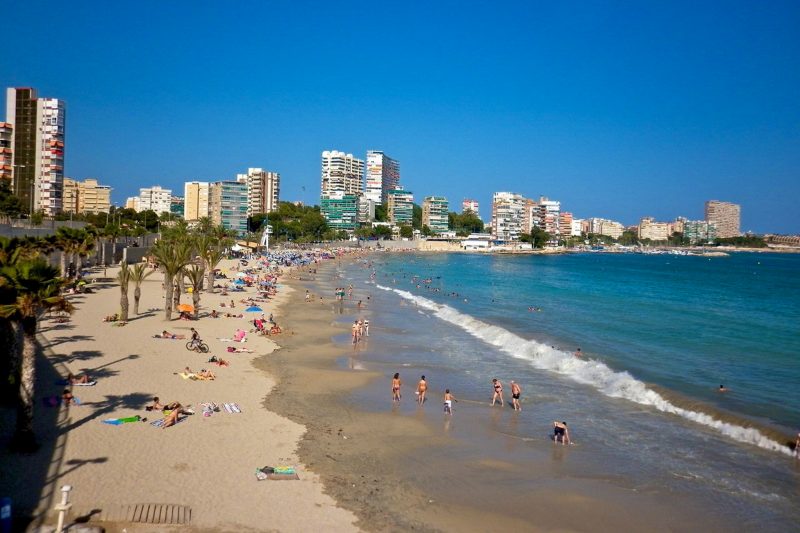
On the northwestern edge of the city is Playa de la Albufereta, with palm trees, rocky areas and a yacht port. It is only a few minutes by streetcar.
Beach Almadraba
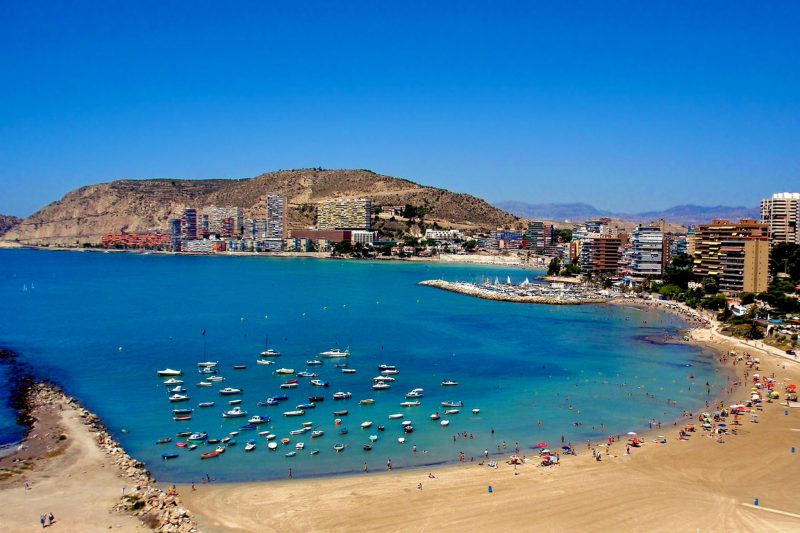
Playa de la Almadraba is a sparsely populated beach with clean sand and an excellent descent into the sea. There are not many tourists here. Playa de la Almadraba is where the locals come to swim.
San Juan Beach
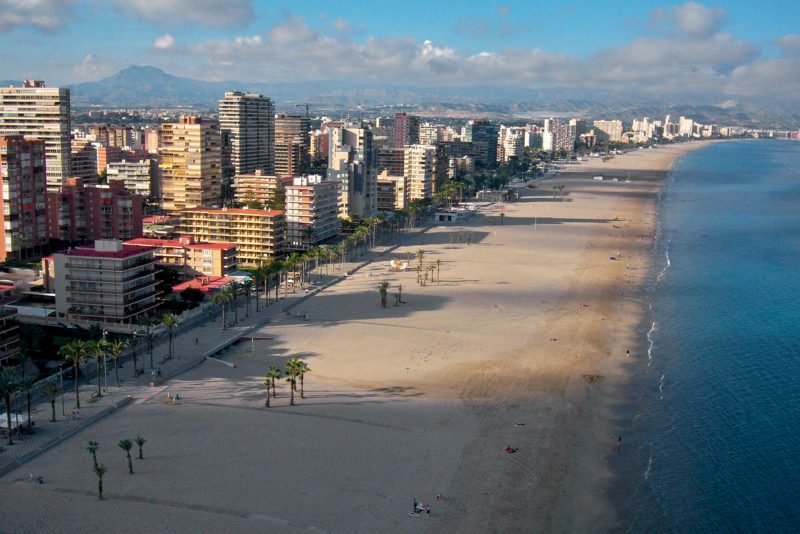
Playa de la San Juan, adjacent to the city limits, is famous for its fine sand. The sea is shallow and clean. The wide (60 m) three-kilometer beach will please any tourist: hotels, restaurants, entertainment complexes are built near the beach. The beach area of San Juan is so large that, in fact, it has become another district of the city.
Saladar Beach
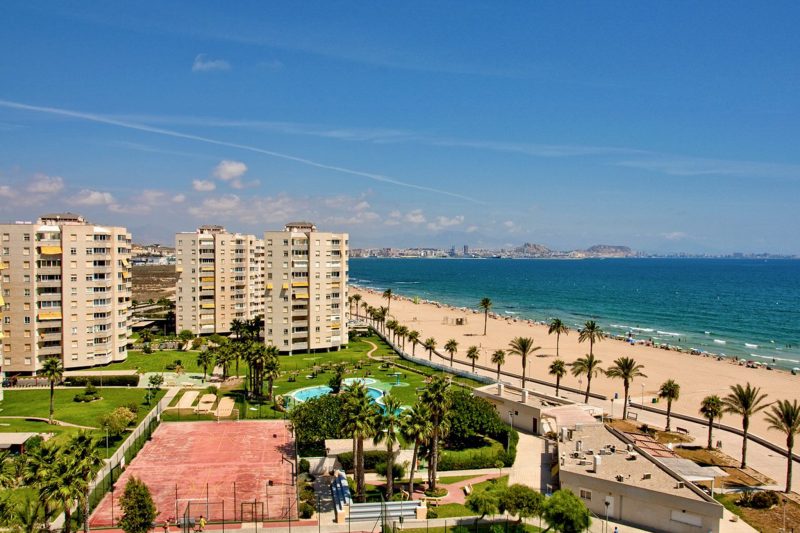
To the south of the city, near Alicante airport, there is another good beach called Playa Los Saladar. It is not well known, so it is not crowded and there are no problems with parking. The beach belongs to the suburbs of Alicante, next to the sandy strip is built a quiet residential area – Urbanova.
Cape Cabo De Huertas Coves
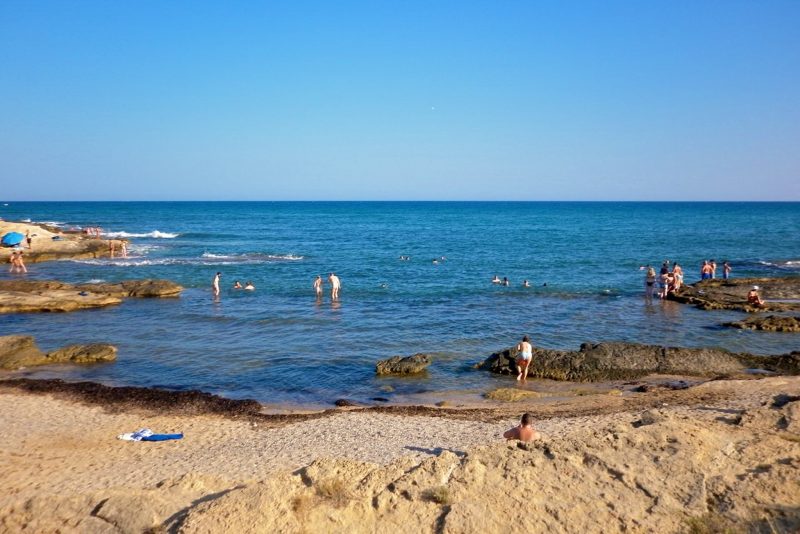
You can swim and look at the underwater world in the rocky bays of the Cape Cabo de Huertas (Calas de Cabo de Huertas). But it is quite difficult to reach them, some of them can only be reached on foot or by boat.
Alicante Sights
Santa Barbara Castle
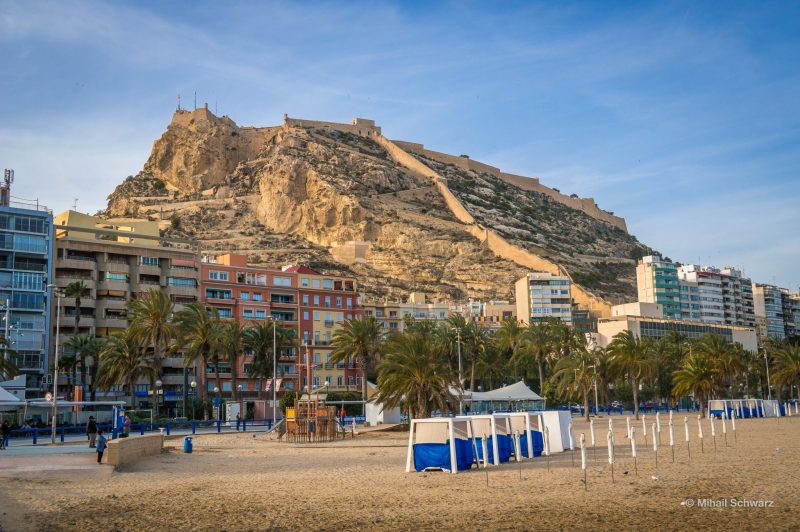
In the center of the town on top of Benacantil stands the fabulous Santa Barbara Castle (Castillo de Santa Barbara). Today the medieval military fortress has a history museum and was once an important strategic point. From the observation deck of Santa Barbara you can see the whole of Alicante and the neighboring towns. Access to the fortress is free; you can go up in an elevator installed right in the rock.
San Fernando Castle
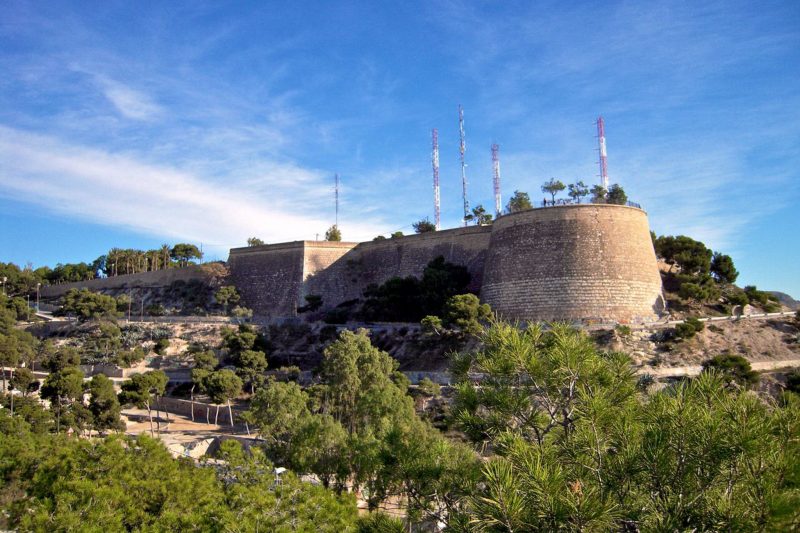
Another famous castle in Alicante is the Castillo de San Fernando, which was built in 1808-14 on the Tassal hill in anticipation of the Napoleonic War. Two bastions connected by passages, one in the form of a truncated cone and the other in the form of a polyhedron, are extant. The inner rooms of the fortress contain barracks, artillery bunker, and storages. A picturesque park was laid out near the San Fernando Fortress.
Santa Cruz Neighborhood
In the Old City, the authentic Moorish quarter of Santa Cruz (Casco Antiguo-Santa Cruz) is preserved. Muslims remained here after the conquest of Alicante by the Christians. Squat white houses with Arabic-style balconies and curly flowers wind their way up the hillside all the way to Santa Barbara. Once in this neighborhood with its labyrinthine streets, tourists feel the authentic atmosphere of pre-Christian Alicante.
Cathedral
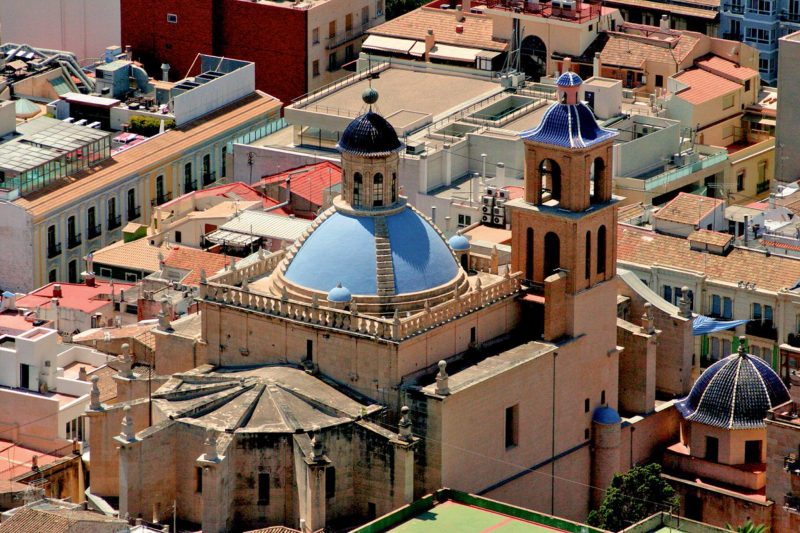
The Cathedral of San Nicolás de Bari (Catedral San Nicolás de Bari) adorns Abbot Penalva Square. The temple is named after the patron saint of Alicante. It is a Renaissance building in the shape of a traditional Latin cross that was built in 1616-62. Juan de Herrera. The side altars in the unique Spanish Churrigueresque style and the gilded high altar enclosed by tracery latticework have been preserved in the cathedral. The domed part of the building is 45 meters high.
St. Mary’s Basilica
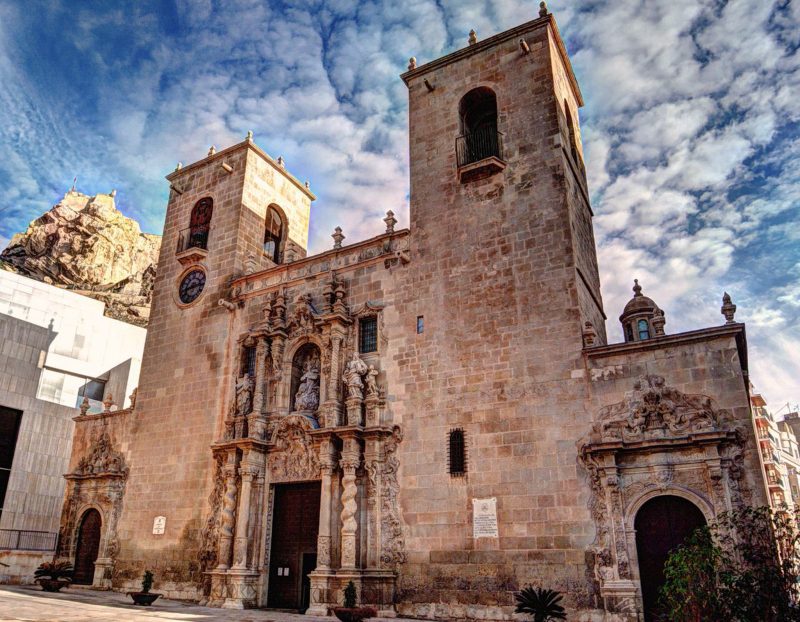
The Basilica de Santa Maria de Alicante is the oldest church in the city. The single-nave Gothic temple was founded in the 14th century on the ruins of an Islamic mosque. Its facade and main portal are the result of a baroque reconstruction of the XVIII century. Inside the church, Gothic sculptures of Saints John and Mary and a gilded eighteenth-century Rococo altar remain.
Promenade Esplanada De España
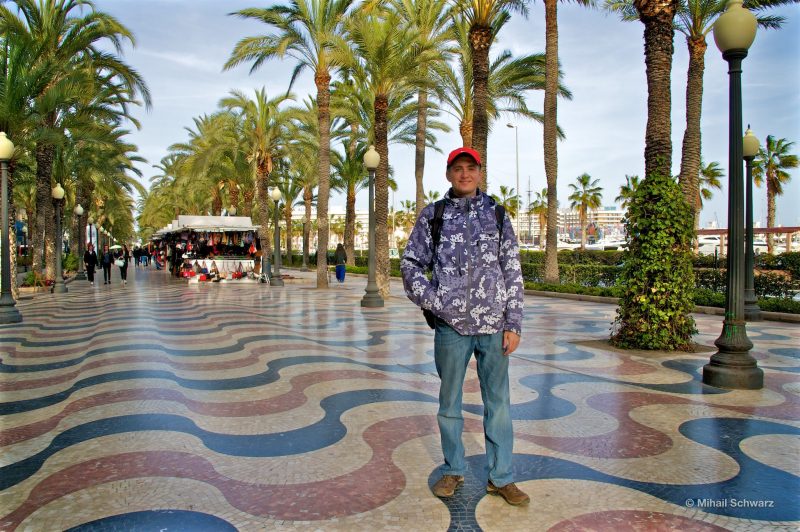
The city’s promenade, the Esplanada d’Espanya, is a favorite place for walks for Alicante residents. The picturesque Seaside Boulevard with its beautiful palm alley and marble sidewalk made of 6 million mosaic elements stretches for half a kilometer along the Postiguet Beach and the seaport. The Esplanade has numerous restaurants and bars and sells handmade souvenirs and ice cream. The “shell” bandstand hosts concerts and shows in the evenings.
Portal De Elche
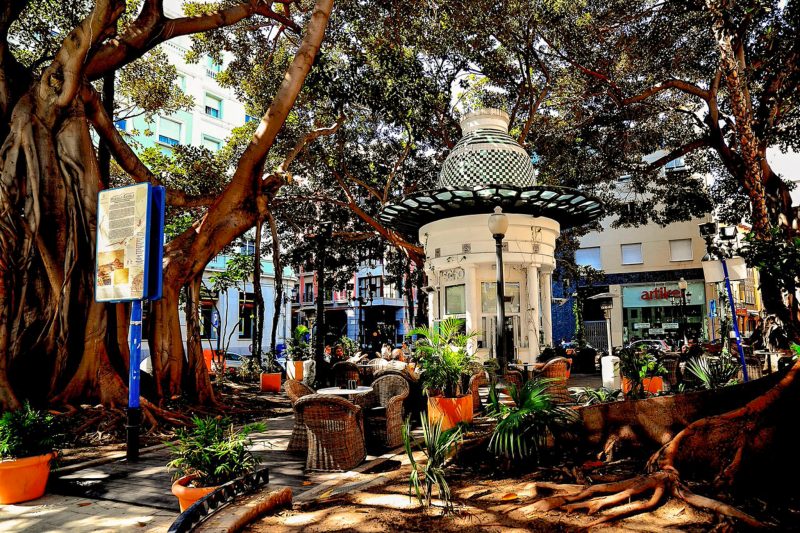
You can walk from the seafront to the Old Town through the Plaza del Portal de Elche. The old Plaza del portal de Elche was reconstructed in the nineteenth century. It is a small, quiet and charming corner, shaded by four huge large-leaf ficuses planted here in May 1869.
The Square Of The Municipality
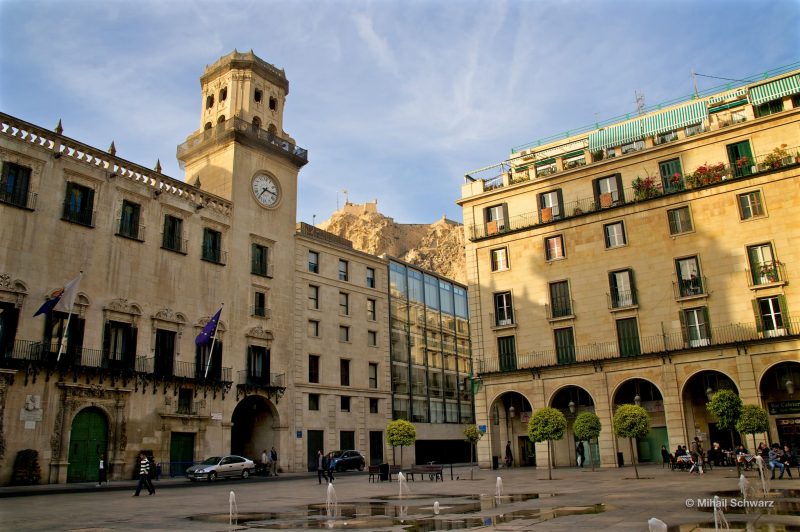
Calle Mayor leads to the Plaza del Ayuntamiento (Square of the Municipality of Alicante). On the square stands the Consistory building with its baroque façade and two symmetrical towers. The municipio was built in the 18th century by the architect Lorenzo Chapuli, a native of Alicante. This square hosts the main events of the “Night of Fire”, the city’s main celebration.
Street of Rambla De Mendes Núñez
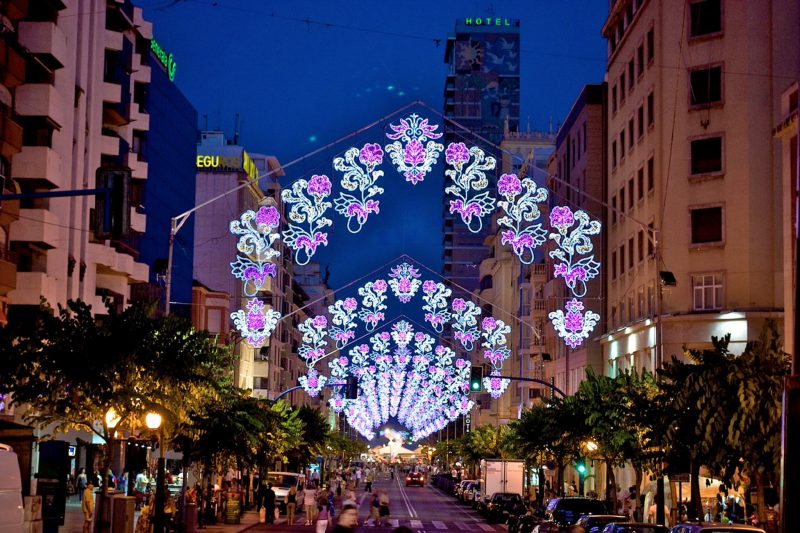
The main street of Alicante is Rambla de Méndez Núñez. It is used for religious celebrations, official parades and popular carnival processions. Rambla de Méndez Núñez starts from the central market and extends to the Explanada de España.
Central Market
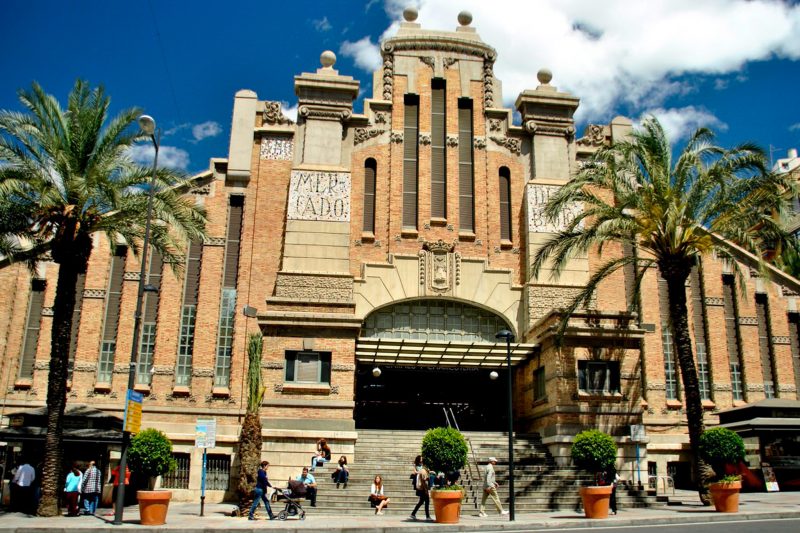
The Mercado Central de Alicante is the best place in the city to buy fresh and quality products. Of course, the selection is enormous, besides fruits and vegetables, there is a large selection of cheeses, smoked meats, seafood, wine, bread, sweets and much more. It was built in 1921 and is made in the eclecticism style with some art nouveau elements.
Archaeological Museum
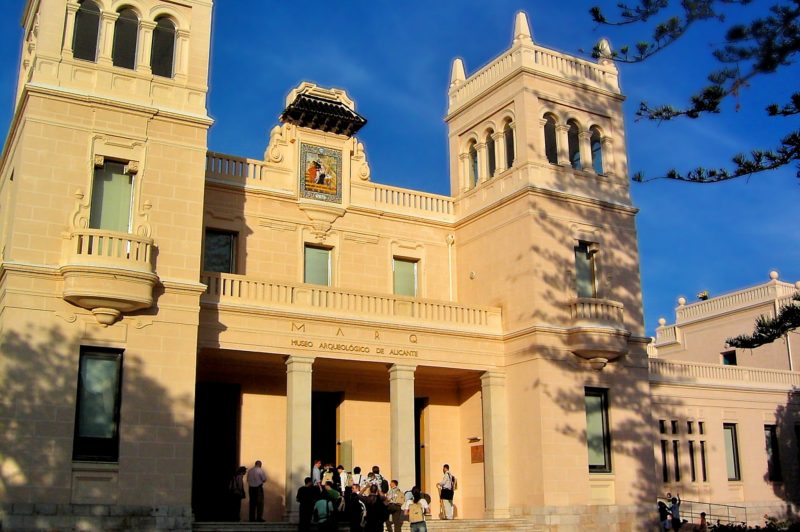
Alicante has several interesting museums; the most outstanding in terms of content and technical equipment is the Archaeological Museum (Museo Arqueológico Provincial de Alicante). Since 2004, it has been awarded the title “Europe’s Best Museum”. It was founded in 1932 by local archaeologists Lafuente Vidal and Francisco Pacheco. It houses more than 80,000 archaeological and historical exhibits, among them a unique statue of the Iberian Lady Cabezo Lucero (Bronze Age).
Gravin Museum Of Fine Arts
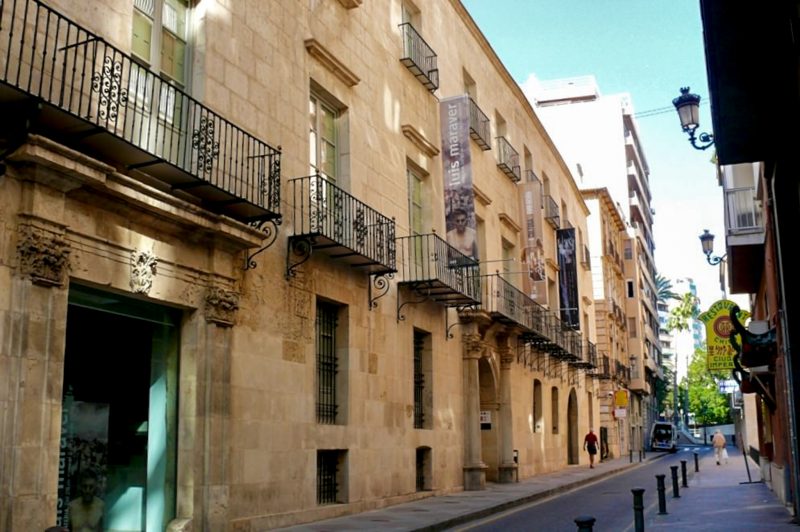
The Museum of Fine Arts (Museo de Bellas Artes Gravina) is located in the palace of Lumiares (Gravina). Its exhibitions, divided by theme and chronology, present about half a thousand works by sixteenth- and twentieth-century artists. Most of the pieces were donated to the Gravina Museum by the provincial council of Alicante.
Museum Of Modern Art
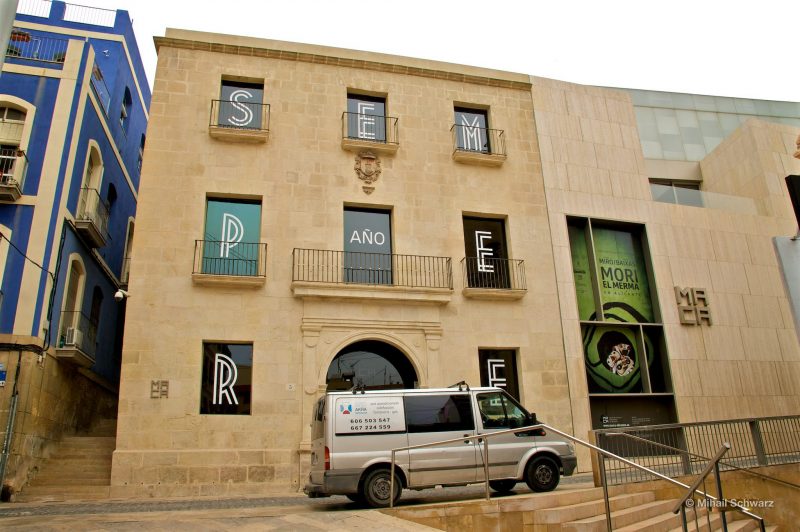
The Museum of Modern Art (Museo de Arte Contemporáneo de Alicante, MACA), a four-story old building with 4,000 square meters of space, houses exhibits created by masters of the twentieth century. There are paintings by Miró, Dali and Picasso, Braque and Ernst, Kandinsky and Chagall; Spanish artists González and Vasarely. Also on display are sculptures by Juan Frances and a collection of works by Eusebio Sempere.
Volvo Ocean Race Museum
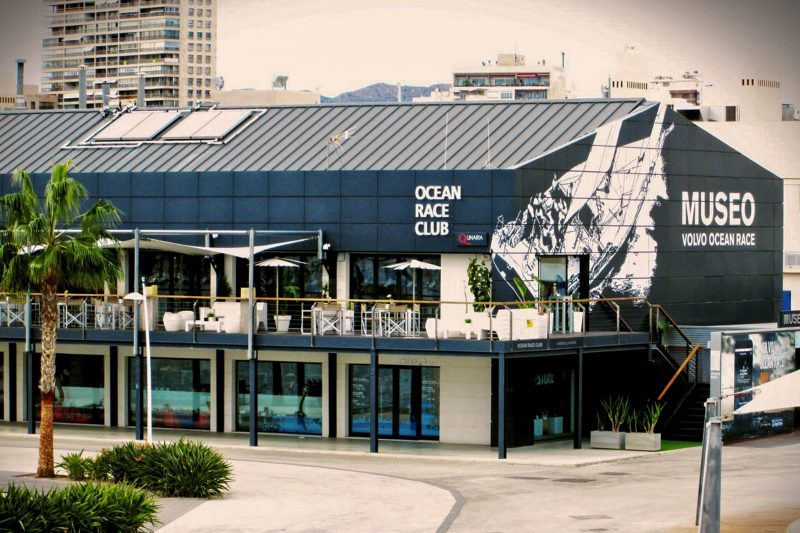
The unique Volvo Ocean Race Museum is located in the port of Alicante. An interactive exhibit with touch screens that provide visitors with a “presence and participation” effect is dedicated to the history of the famous Volvo 70 international sailing regatta.
Other Museums
The Museum of Water (Museo del Agua) on Carrer Alona illustrates the history of Alicante’s water supply. The Corrido Museum in Plaza España showcases the costumes and trophies of the famous bullfighters. The Museo de Belenes in Calle St. Augustín will be of interest to children. There are nativity scenes on display, created from a variety of materials by Spanish and European craftsmen.
Events, Holidays, Activities
Alicante has large-scale and colorful fiestas throughout the year. The main event in the life of the inhabitants of the city is the Night of St. Juan or the Night of Lights (Nit del Foe). The holiday has been around since pagan times. It’s celebrated here in style: bonfires are lit on the beaches, and carpets of flowers decorate the main street. The mystical extravaganza begins on June 19th and lasts six days. The festivities culminate with the burning of wooden figures on the night of June 24. Then the fireworks begin.
Alicantean Holy Week (Semana Santa) takes place at the end of April. More than thirty religious communities move through the city in solemn processions.
The Moors and Christians Festival is held by the city of Alicante on June 9 – 12. The festival opens with a costumed Avis parade. Then the inhabitants stage a traditional theatrical historical battle. The fiesta concludes with the ironic Gran Retreta procession.
On December 6, the city celebrates St. Nicholas Day, the heavenly patron saint of Alicante.
How Did The City
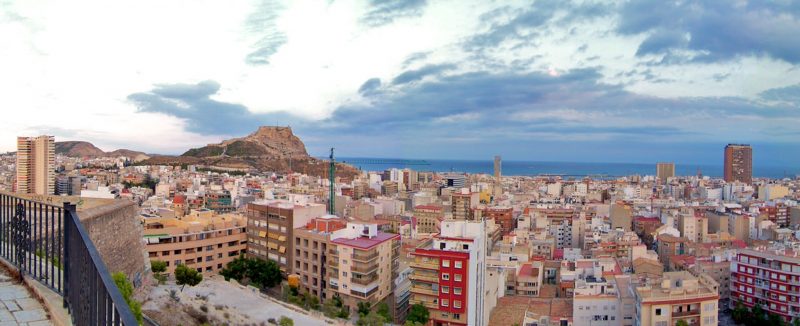
More than seven thousand years ago this land was already inhabited by ancient tribes. The first Iberian settlement arose about 2,500 years ago. The Greeks founded the trading colony of Akra Leuke; the Romans the city of Lucentum. The Moors conquered the territory in the VIII century, giving their settlement the name Al Lucant (prototype of the modern name Alicante). In 1246 the city was captured by the Castilians, later it became part of the kingdom of Valencia.
Alicante was a prosperous city, a seaport. In the nineteenth century the railroad also appeared here. The growth of industry began and the construction of new buildings continued. Development was stalled by the civil war of 1938-39. After 1960, economic growth resumed; Alicante began to be visited by tourists interested in the local architecture and wonderful beaches.
Diagram Of Urban Transport In Alicante
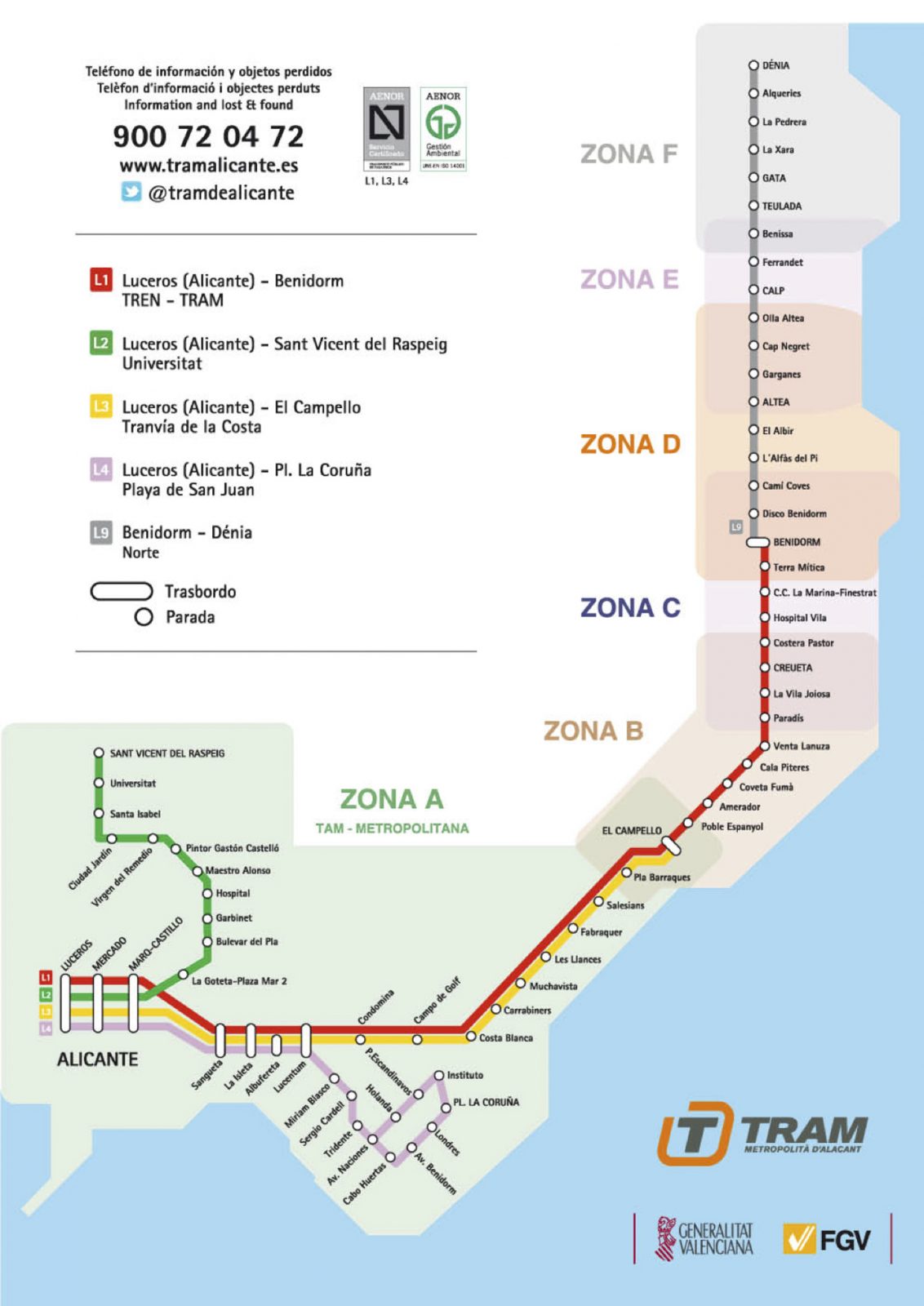
How To Get To Alicante
By Airplane
The city of Elche has a small but international Aeropuerto de Alicante-Elche, ALC, 9 kilometers southwest of Alicante.
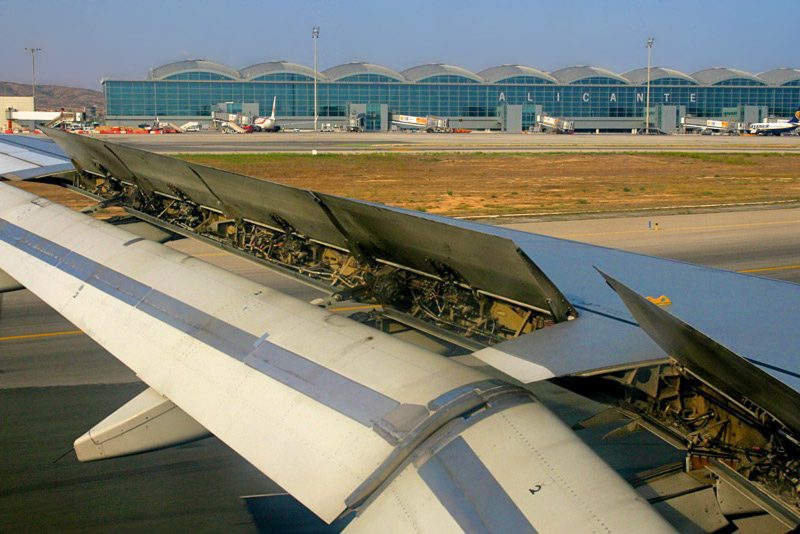
From Valencia
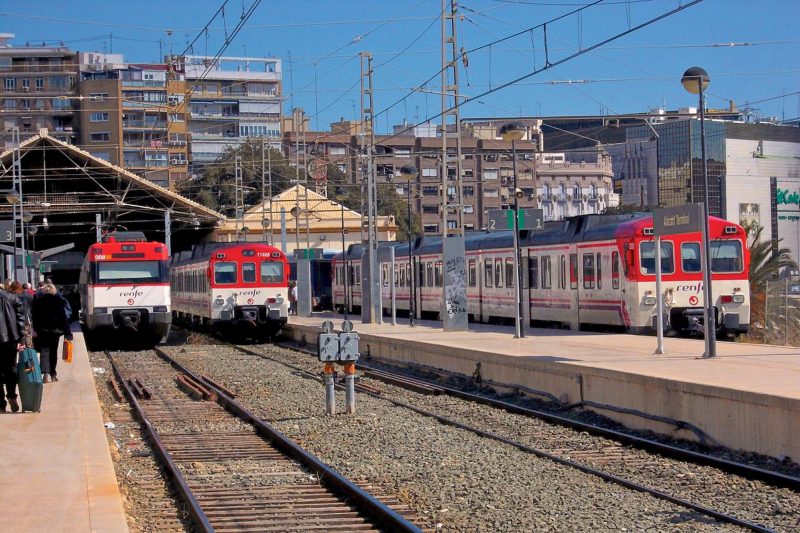
- From Valencia to Alicante by train – 1.5-2 hours, one-way ticket about €20.
- It takes 3-4 hours by bus from Valencia to Alicante, one-way ticket is €21-25.
From Barcelona
- It takes about 5-6 hours by train from Barcelona to Alicante, the ticket price is €52-58.
- By ALSA bus from Barcelona to Alicante it takes 7 to 9 hours, the ticket price is € 47-57.
From Madrid
- From Madrid to Alicante it takes about 2.5 hours by train, one-way ticket is €64.90.
- From Madrid to Alicante by bus (ALSA company) it takes about 5 hours, one way ticket – € 31-45.

